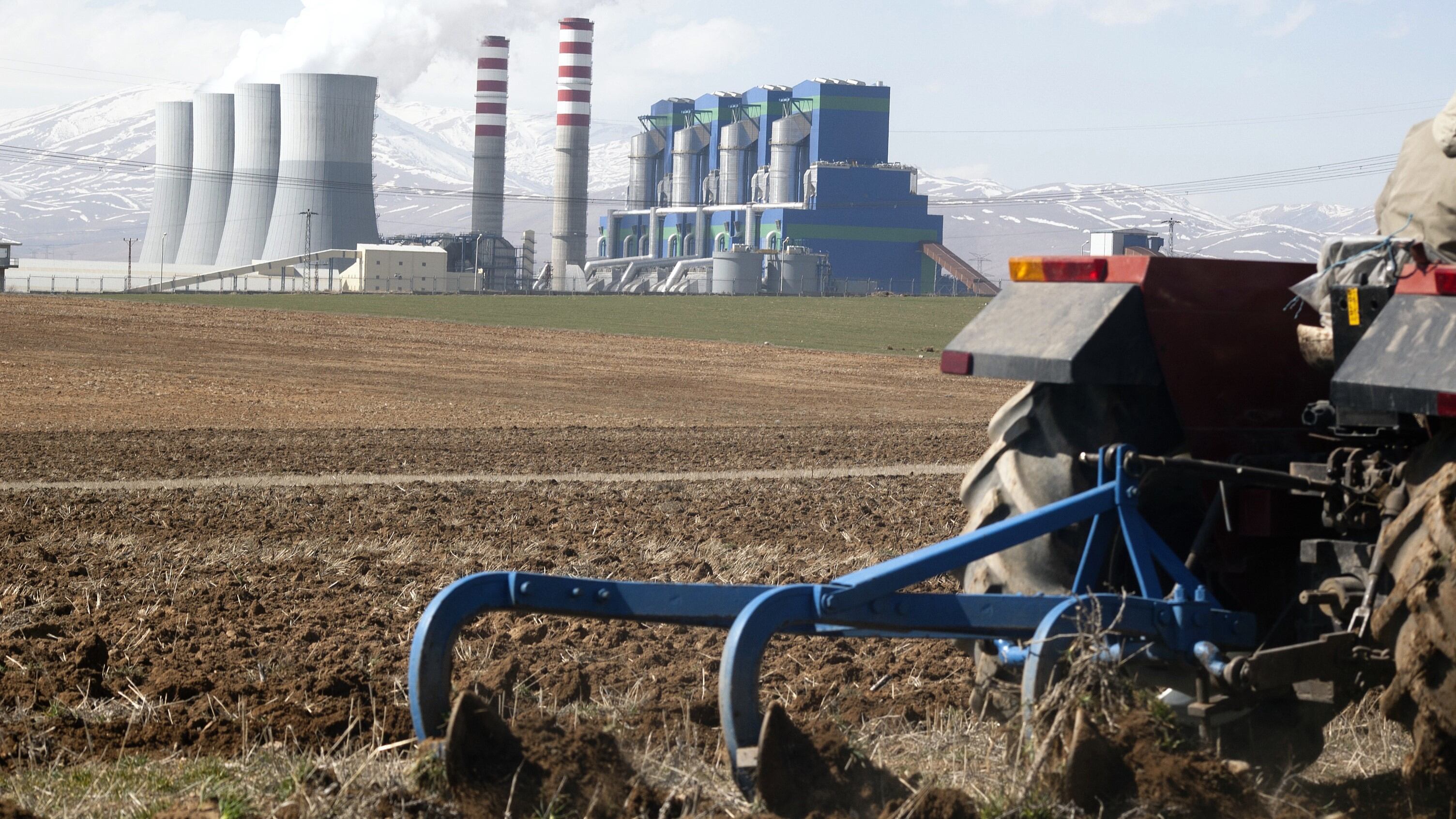In light of a growing global population and the need to meet the increasing demand for food by 2050, experts estimate that major cereal crops must increase their yield by approximately 50%. However, limited agricultural land poses a challenge to achieving this target, making it essential to find innovative ways to enhance grain yield per unit of land area.
Meanwhile, global warming, triggered by greenhouse gas emissions, remains a critical area of research. Scientists believe it may exacerbate abiotic stresses such as salt and drought. Of particular concern is nitrous oxide (N2O), a potent greenhouse gas — approximately 60% of global emissions originate from agriculture, mainly due to nitrogen fertiliser application. N2O contributes to global warming, ozone layer depletion and increased ground-level UV radiation.
Unfortunately, efforts to achieve higher yields through increased nitrogen fertiliser use may inadvertently lead to higher N2O emissions. In this context, the application of exogenous substances, such as inorganic nitrogen, has been suggested to alleviate these stresses.
The nitty-gritty of nitrogen
Finding solutions to increase wheat yield while mitigating the cumulative N2O emissions from nitrogen fertiliser application is crucial for tackling food security issues and global warming. Researchers have proposed several strategies, such as the use of urease and nitrification inhibitors, control-released fertilisation and partial substitution of chemical nitrogen with manure. However, these measures may come with increased production costs.
Recent studies have highlighted the crucial role of soil nutrients, especially nitrogen, in influencing crop productivity and grain yield. As a consequence of the expanding population, there is a foreseeable rise in the demand for synthetic nitrogen fertilisers to achieve higher grain yields.
A potential breakthrough lies in comparing conventional drilling (CD) sowing with novel wide belt (WB) sowing, an optimised sowing pattern that increases the width of wheat seedling belts. By reducing intra-specific competition within seedlings and enhancing nutrient absorption, WB sowing has shown promise in increasing water, nitrogen and radiation use efficiency, leading to higher grain yield.
Additionally, the improved nitrogen uptake ability of WB sowing offers the potential for reduced N2O emissions, though further investigation is needed to understand the impact of WB on N2O emissions from winter wheat.
The winter of our wheat content
As part of ongoing research, researchers at Shandong Agricultural University and Nanjing Agricultural University conducted a study during the 2019 — 2020 and 2020 — 2021 growing seasons to explore the effects of different sowing patterns and nitrogen rates on grain yield and N2O emissions. The research involved comparing the CD and WB sowing patterns at varying nitrogen rates under field conditions.
The goal was to examine the potential of the optimised sowing pattern in decreasing N2O emissions by reducing soil inorganic nitrogen concentrations through enhanced nitrogen uptake during jointing, anthesis and maturity stages. The study then found that WB sowing showed significant promise in enhancing various aspects of wheat cultivation, such as improved plant nitrogen uptake, increased grain yield and greater nitrogen use efficiency.
Additionally, in comparison with CD sowing, WB sowing significantly reduced cumulative N2O emissions, N2O emissions factors and global warming potential for higher nitrogen rates. It was found to have reduced soil inorganic nitrogen concentrations compared to CD sowing, with these results primarily attributed to efficient nitrogen uptake and reduced soil inorganic nitrogen.
Ultimately, combining WB sowing with higher nitrogen rates showed a positive correlation between reduced N2O emissions and increased grain yield, suggesting that WB sowing could offer an effective strategy to achieve both high yield and low N2O emissions (particularly at higher nitrogen rates).
Lead researcher Xiu Zhang said, "Ensuring food security for a growing global population is a critical concern but we must also address the environmental consequences of agriculture. WB sowing offers a viable solution by synergistically reducing N2O emissions and increasing grain yields, especially at higher N rates."
As the global population continues to grow, this finding is crucial in highlighting the feasibility of sustainable agricultural practices that synergistically reduce greenhouse warming and ensure global food security. By implementing WB sowing with optimal nitrogen input, farmers can take significant strides towards a greener and more productive future for wheat cultivation. However, further research and practical implementation are needed to fully realise the benefits of this innovative sowing technique in agriculture.
Source: Frontiers in Plant Science
“Optimizing sowing patterns in winter wheat can reduce N2O emissions and improve grain yield and NUE by enhancing N uptake”
https://doi.org/10.3389/fpls.2023.1176293
Authors: Xiu Zhang, et al.




